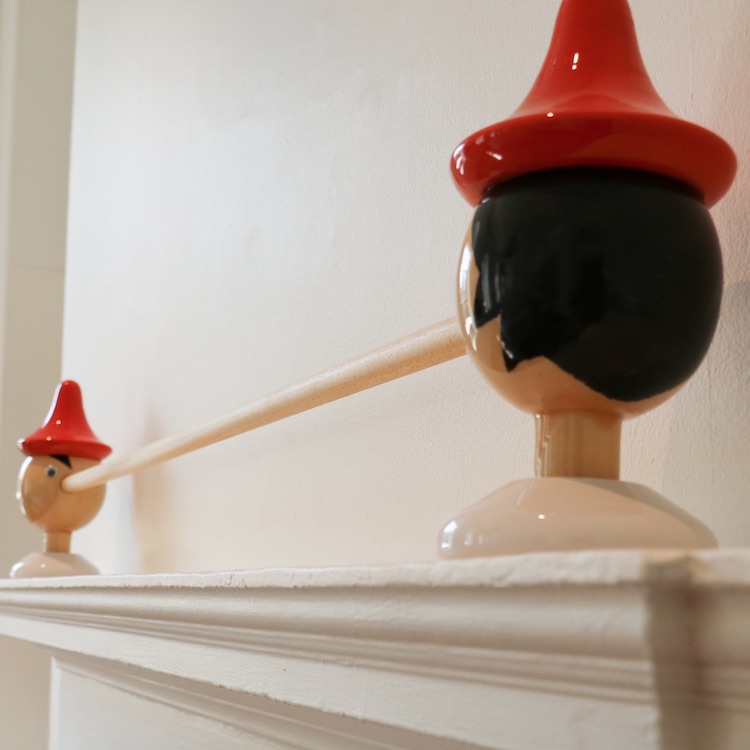LONDON—An object’s functionality can often be its limit, but what happens when that constraint is lifted? The ordinary become the extraordinary, the mundane become sublime and those fortunate to encounter them are equally transformed. That’s exactly what the venerable organization, though a fictitious revival, the Learned Society observed through its investigations; its intriguing discoveries The Learned Society of Extraordinary Objects (July 5 – September 3, 2017) displayed on exhibition at Somerset House.
Somerset House once played home to the country’s private learned societies and clubs, where members would gather, uninhibited by gin, to discuss advancements and discoveries in their various fields. Drawing inspiration from this real history, a fictitious society made up of 30 contemporary designers, artists and makers – including British sculptor Richard Wentworth and ceramicist, Richard Slee – comprised a present day revival of the Fellows of the Society, Somerset House writes.
This exhibition mirrored that same sense of discovery and inquisitiveness and, by placing the designers’ fantastical objects within the story and setting of a Learned Society, exploring different ways of engaging with commonplace objects through creative design.
Centered on the power of imagination, narrative, intention, truth and the suspension of disbelief in art and design, the society has furnished the space with everyday objects with compelling origins. Somerset’s Terrace Rooms have been transformed into an immersive recreation of the society’s club room, architect Ian Caldwell writes.
With the walls surrounded by archive photographs and portraits, and the new Fellows have provided everyday, ordinary and strange objects, all with a fantastic story behind them, showing that the simplest of objects can invoke extraordinary and personal histories.
Works like Richard Slee‘s black Waste Baskets (2017) full of ceramic coal or his Pinnocchio (2017), are works of art and design, which invite the viewer to devise their own stories, co-curator Carl Clerkin explains. Clerkin, himself, created Broom (2013), whose handle circles back around on itself.
“Absolute truths and half-truths about the history of the place.”
You can read an interview with curators furniture designer Carl Clerkin and artist Danny Clarke here.
Do you love or loathe this collection of fantastical objects from the world of contemporary ceramic art and contemporary ceramics? Share your thoughts with us below in the comments section.










Male view. Male view. Male view. Turn off.